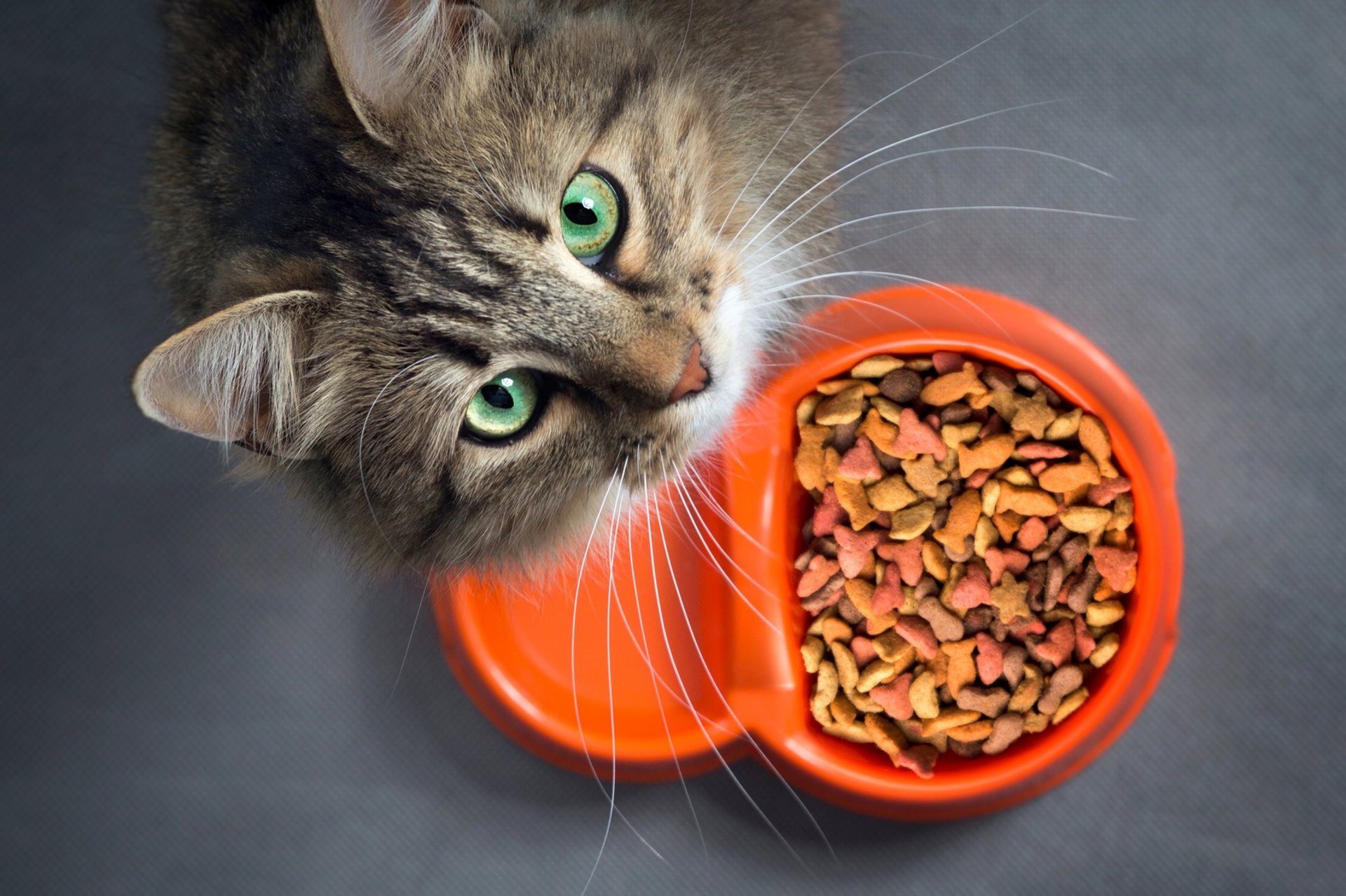
¿How to Tell if Your Cat's Food is High-Quality? 🌟
Discover How to Choose the Best Food for Your Cat and Ensure Long-Term Health. Learn how to identify quality ingredients, avoid harmful preservatives, and select specialized foods tailored to your cat's needs. Get practical tips, debunk common myths, and unlock the keys to improving your feline's diet. Make your cat healthier and happier! 🌟🐾
PETS
1/24/20253 min read
Choosing the right food for your cat not only guarantees their happiness but also promotes long-term health. With so many options on the market, it’s easy to feel overwhelmed. Don’t worry! Here’s your guide to identifying high-quality food and keeping your feline in top condition.
1. Check the Ingredients 🍆
Start by reading the label. The order of ingredients matters, as the first ones are present in the highest amounts. Key points to consider:
Animal-based protein: Look for real meat (chicken, turkey, salmon, etc.) as the first ingredient, not by-products.
Avoid unnecessary fillers: Ingredients like corn, wheat, and soy are often used as fillers and offer little nutritional value.
Healthy fats: High-quality fats from chicken or fish are essential for healthy skin and a shiny coat.
2. Ensure a Balanced Formula ⚖️
Cats have specific nutritional needs, such as taurine, an essential amino acid they cannot produce on their own. Make sure the food meets standards set by organizations like AAFCO or FEDIAF, which guarantee balanced nutrition.
3. Avoid Artificial Preservatives 🚫
Preservatives like BHA, BHT, and ethoxyquin can be harmful to your cat’s health. Opt for foods that use natural antioxidants like vitamin E (tocopherols) or rosemary to maintain freshness.
4. Consider Your Cat’s Preferences ✨
Some cats prefer dry food, others wet, and some like a mix of both. The key is choosing a nutritious option your cat enjoys. For wet food, ensure it doesn’t contain added sugars or excessive salt.
5. Consult Your Veterinarian 🌿
Every cat is unique, with needs varying by age, weight, activity level, and overall health. Before switching foods, consult your vet to ensure you’re making the best choice.
6. Homemade or Natural Foods 🥩🍗
If you prefer homemade meals, work with your vet to create a balanced recipe. Cats have precise nutritional requirements, and an unbalanced diet can lead to health issues. Also, avoid toxic foods such as:
Chocolate
Onion and garlic
Grapes and raisins
Cooked bones
7. Specialized Foods for Specific Needs 🐾
There are foods tailored to specific feline needs, such as:
Sterilized cats: Low-calorie diets to prevent obesity.
Cats with kidney issues: Low-sodium and phosphorus formulations.
Life stages: Foods for kittens, adults, and seniors.
8. Transitioning Between Foods ⏳
Switching your cat’s food abruptly can cause digestive issues. Transition gradually over 7–10 days:
Start with 25% of the new food mixed with the current one.
Increase the proportion of new food every two days.
Monitor for changes in behavior or stool consistency.
9. Importance of Hydration 💧
Cats naturally drink little water. If feeding dry food, ensure fresh water is always available. You can also supplement with wet food to boost hydration and prevent urinary problems.
10. Common Myths About Cat Nutrition ❌
“Cats can live on fish alone”: A fish-only diet can cause vitamin E deficiencies.
“Milk is good for cats”: Many cats are lactose intolerant, leading to diarrhea.
“Premium food is an unnecessary luxury”: Investing in quality food prevents costly health issues later.
11. Comparing Brands 🏷️
While not endorsing specific brands, look for labels that meet these criteria:
Real meat as the main ingredient.
Free from grains and artificial preservatives.
12. Tips for Picky Eaters 🍽️
If your cat is finicky, try:
Slightly warming wet food to enhance its aroma.
Mixing dry food with wet food.
Offering small portions multiple times a day.
13. Long-Term Health Benefits ⏳
A balanced, high-quality diet helps prevent:
Obesity
Kidney disease
Digestive problems
Dental issues
A well-fed cat enjoys a longer, healthier life.
14. Additional Resources 📚
Explore blogs specializing in feline nutrition.
Read books like “Your Cat: Simple New Secrets to a Longer, Stronger Life.”
Join online communities focused on cat care.
15. Real Stories and Testimonials 🐈
Many owners report improvements in coat quality, energy levels, and weight management after switching to higher-quality food. Share your experiences and learn from others!
Conclusion
Nutrition is one of the pillars of your cat’s well-being. Taking the time to research and choose high-quality food will make a significant difference in their life. Remember: a happy cat is a healthy cat. Your efforts will be rewarded with cuddles and purrs!


AgroPetEd
Information about animals and agricultural practices
© 2025. All rights reserved.
